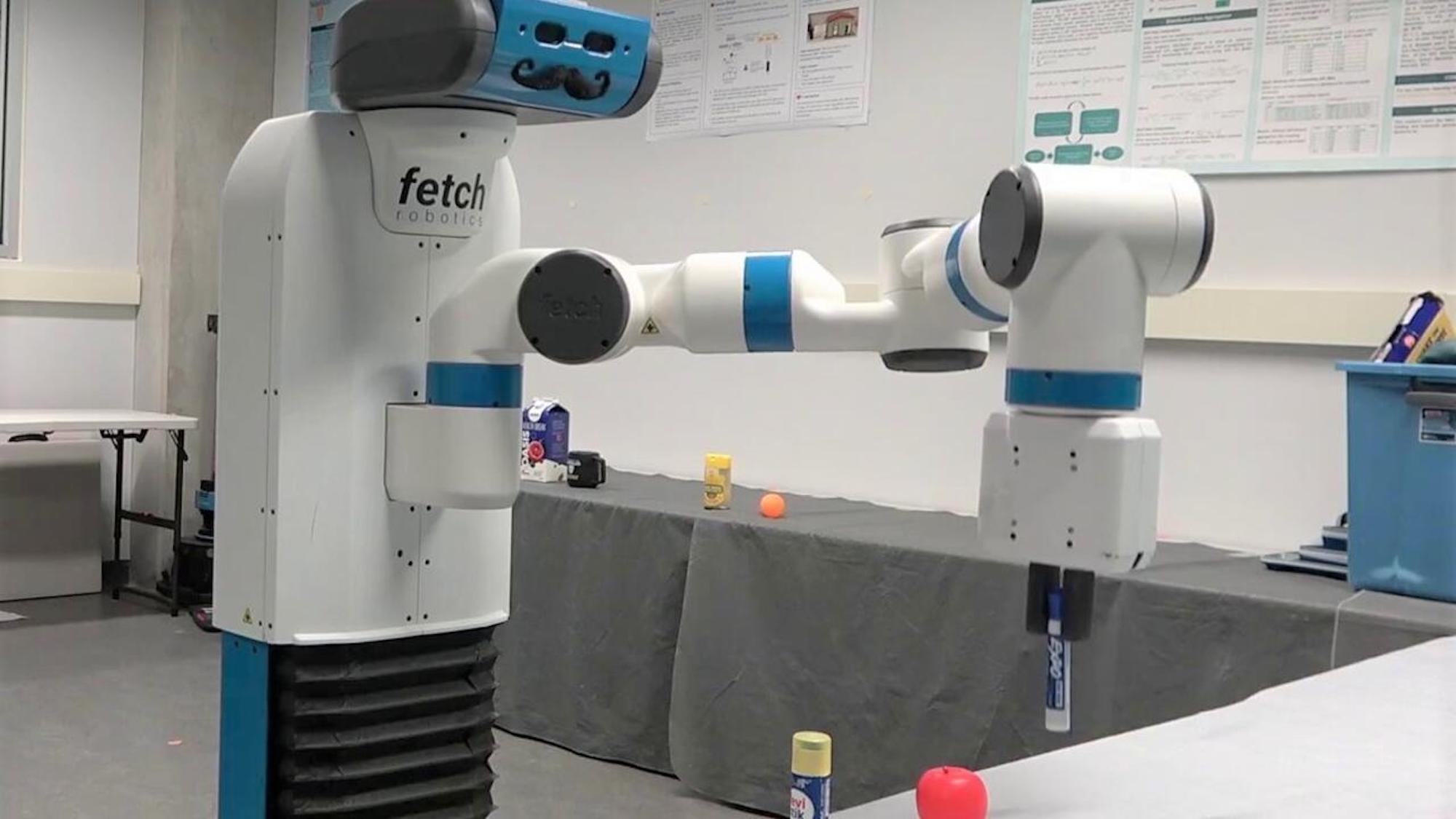

Researchers at Canada’s University of Waterloo have unveiled a new program for personal assistance robots. This new program utilizes episodic memory and object-detection algorithms to help locate lost items. Although designed specifically to aid patients suffering from cognitive issues, the team believes their advancements could eventually find their way onto people’s smartphones or tablets.
Dementia affects approximately 1 in 10 Americans over the age of 65, while another 22 percent of the same population contends with mild cognitive impairments. Symptoms vary between individuals, but forgetfulness is a common issue that can disrupt one’s day and increase stress levels for both those suffering from these conditions, as well as their caregivers.
Knowing this, a four-person team at the University of Waterloo created an algorithm they then uploaded to a commercial Fetch mobile manipulator robot, endowing the machine with a memory log of individual objects detected via its onboard video camera. Once enabled, the Fetch robot noted the time and date for anytime it spotted an object in its view area. Researchers also designed a graphical user interface (GUI) for individuals to pick and label which detected objects they wanted to track. Searching for a label via keyboard entry could then bring up Fetch’s “highly accurate” location log, according to a statement released on Monday.
[Related: The latest recommendations for preventing dementia are good advice for everyone.]
“The long-term impact of this is really exciting,” said Ali Ayub, a postdoctoral fellow in electrical and computer engineering and study co-author. “A user can be involved not just with a companion robot but a personalized companion robot that can give them more independence.”
Caregiving robotics is a rapidly expanding field that is showing promise in a number of areas. Recently, researchers at the Munich Institute of Robotics and Machine Intelligence announced Garmi, a personal assistant designed to help elderly users for telemedicine appointments, and potentially even physical tasks like opening bottles and serving meals.
Although Ayub and their colleagues have only tested their visual-based algorithm amongst themselves, the team hopes to soon conduct further trials—first with people without disabilities, then with people dealing with dementia and other cognitive issues. While Ayub’s team conceded that disabled individuals could potentially find the GUI and robot intimidating, they believe the system could still prove extremely beneficial for their caregivers and family members.
